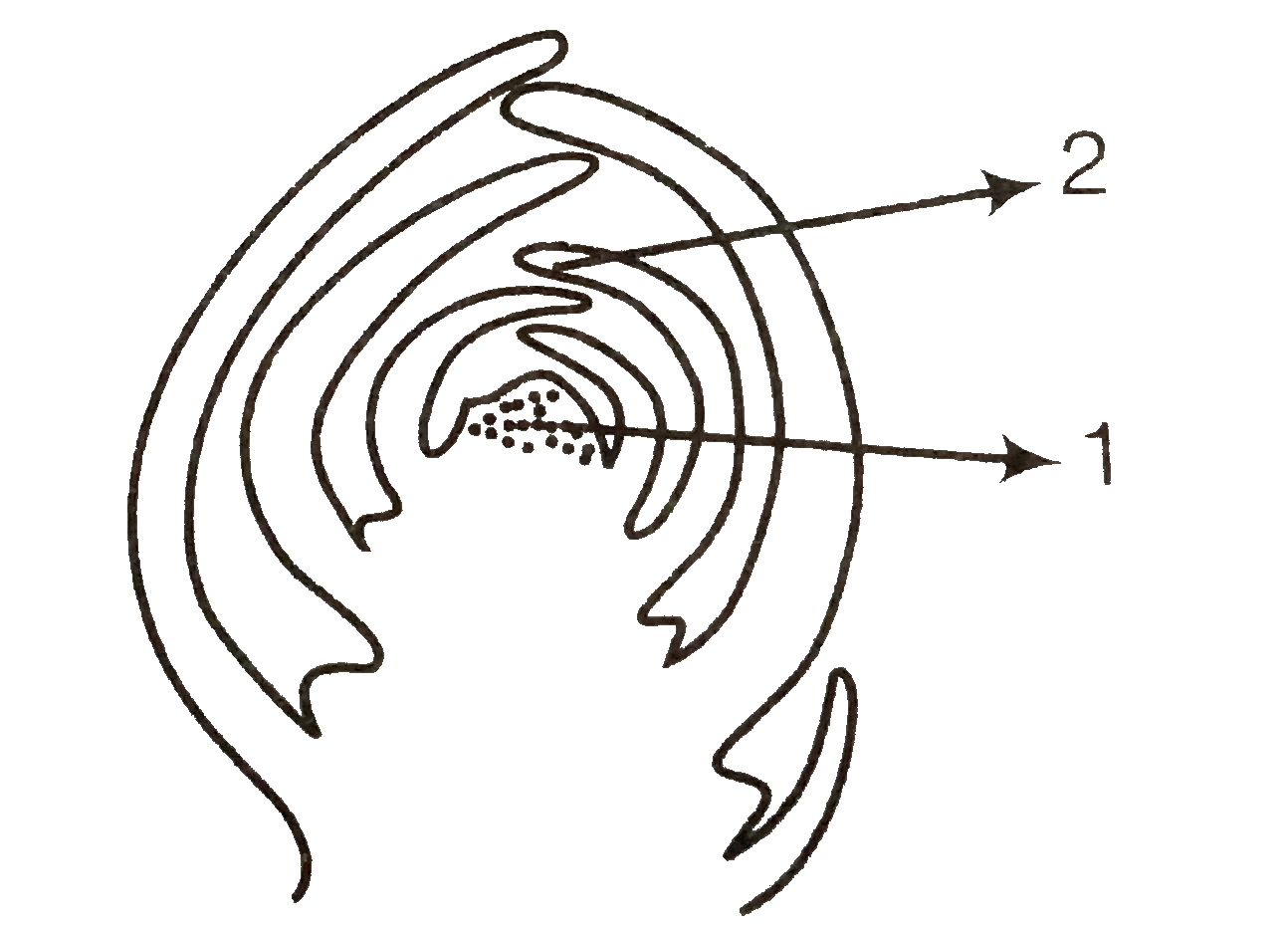A dicotyledonous plant forms crown gall when
Agrobacterium tumefaciens comes in contact with the plant
Agrobacterium rhizogenes comes in contact with the plant
A specific part of DNA from the Ti plasmid gets integrated with the plant chromosome
A specific part from the Ri plasmid gets integrated with the plant chromosome
The correct Answer is:C
Step by step video, text & image solution for A dicotyledonous plant forms crown gall when by Biology experts to help you in doubts & scoring excellent marks in Class 12 exams.
Updated on:21/07/2023Topper's Solved these Questions
- PRINCIPLES AND APPLICATIONS OF BIOTECHNOLOGYBOOK - DINESH PUBLICATIONCHAPTER - PRINCIPLES AND APPLICATIONS OF BIOTECHNOLOGYEXERCISE - CYG
10 Videos
- PRINCIPLES AND APPLICATIONS OF BIOTECHNOLOGYBOOK - DINESH PUBLICATIONCHAPTER - PRINCIPLES AND APPLICATIONS OF BIOTECHNOLOGYEXERCISE - Brain Teasers
5 Videos
- PRINCIPLES AND APPLICATIONS OF BIOTECHNOLOGYBOOK - DINESH PUBLICATIONCHAPTER - PRINCIPLES AND APPLICATIONS OF BIOTECHNOLOGYEXERCISE - Brain Teasers
5 Videos
- PLATYHELMINTHES-THE FLAT WORMSBOOK - DINESH PUBLICATIONCHAPTER - PLATYHELMINTHES-THE FLAT WORMSEXERCISE - check your grasp
9 Videos
- REPRODUCTION IN ORGANISMSBOOK - DINESH PUBLICATIONCHAPTER - REPRODUCTION IN ORGANISMSEXERCISE - Check Your Grasp
16 Videos
Similar Questions
Knowledge Check
In dicotyledonous leaf
AA thick cuticle is usually present on the outer epidermal walls of cells.BThe lower epidermis bears large number of stomata and is also covered by a thick layer of cuticleCIn some dicots a few large, empty and colourless cells are also present at intervals on the upper surface. These are called the bulliform cells.DMesophyll is not differentiated into palisade and spongy parenchyma.A dicotyledonous plant bears flowers but never produces fruits and seeds. The most probable cause for the above situation is
Aplant is dioecious ad bears only pistillate flowersBplant is dioecious and bears both pistillate and staminate flowersCplant is monoeciousDplant is dioecious and bears only staminate flowers.A dicotyledonous plant bears flowers but never produces fruits and seeds. The most probable cause for the above situation is
APlant is dioecious and bears only pistillate flowersBPlant is dioecious and bears both pistillate and staminate flowersCPlant is monoeciousDPlant is dioecious and bears only staminate flowers
Dicotyledonous Stem
View SolutionLabel the diagram
A.This is which part of a dicotyledonous plants?
B. If wer remove part 1 from the plant , what will happen?

View SolutionA dicotyledonous plant bears flowers but never produces fruits and seeds. The most probable cause for the above situation is
View SolutionIn majority of the dicotyledonous plant the direct elongation of the radicle leads to the formation of
View SolutionA dicotyledonous plant bears flowers but never produces fruits and seeds. The most probable cause for the above situation is
View Solution
